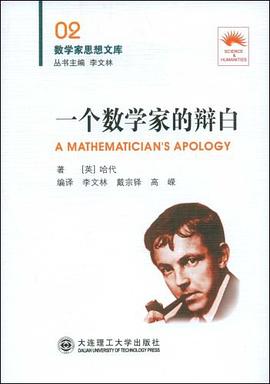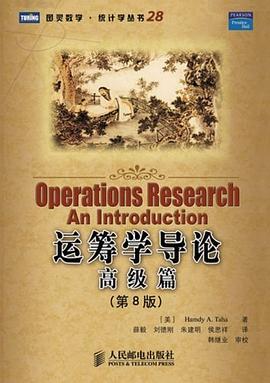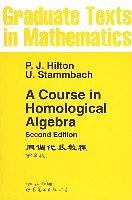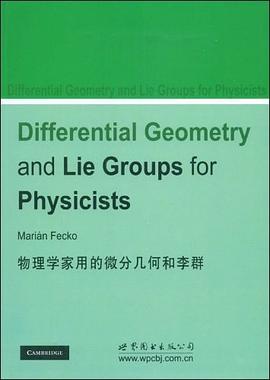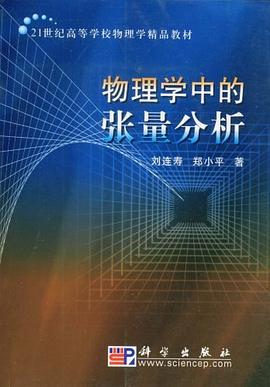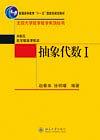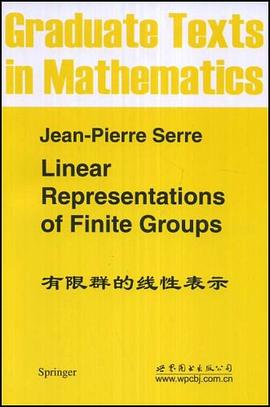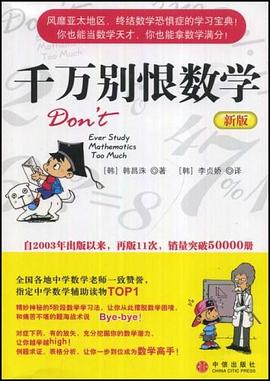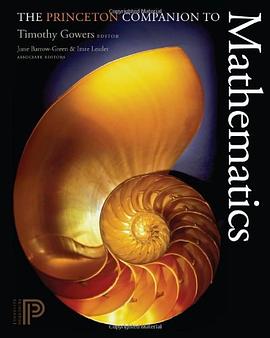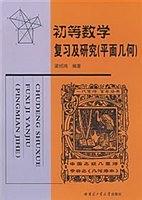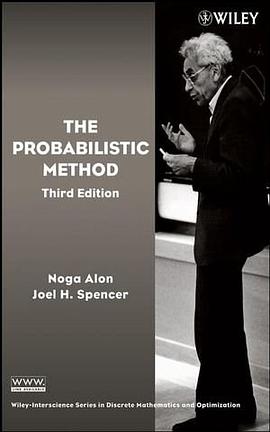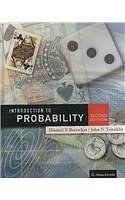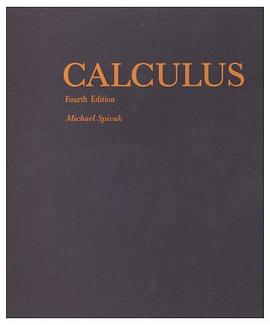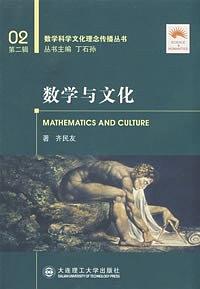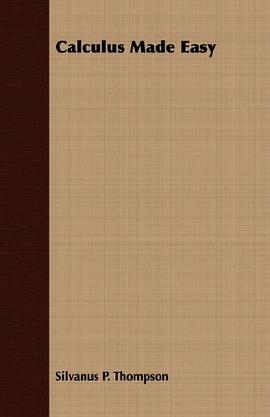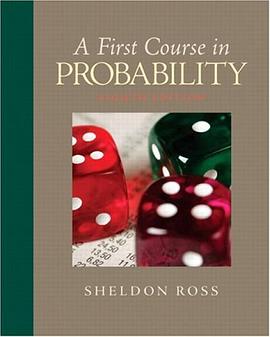
A First Course in Probability pdf epub mobi txt 電子書 下載2025
- 數學
- 概率論
- Probability
- 概率
- 教材
- Mathematics
- 統計
- Math
- 概率論
- 概率統計
- 數學基礎
- 本科生教材
- 隨機過程
- 概率論入門
- 數學教育
- 應用數學
- 理論概率
- 基礎數學

具體描述
A First Course in Probability, Eighth Edition , features clear and intuitive explanations of the mathematics of probability theory, outstanding problem sets, and a variety of diverse examples and applications. This book is ideal for an upper-level undergraduate or graduate level introduction to probability for math, science, engineering and business students. It assumes a background in elementary calculus.
著者簡介
Sheldon M. Ross is a professor in the Department of Industrial Engineering and Operations Research at the University of Southern California. He received his Ph.D. in statistics at Stanford University in 1968. He has published many technical articles and textbooks in the areas of statistics and applied probability. Among his texts are A First Course in Probability, Introduction to Probability Models, Stochastic Processes, and Introductory Statistics. Professor Ross is the founding and continuing editor of the journal Probability in the Engineering and Informational Sciences, the Advisory Editor for International Journal of Quality Technology and Quantitative Management, and an Editorial Board Member of the Journal of Bond Trading and Management. He is a Fellow of the Institute of Mathematical Statistics and a recipient of the Humboldt US Senior Scientist Award.
圖書目錄
Preface xi
1 Combinatorial Analysis 1
1.1 Introduction . . . .............................. 1
1.2 The Basic Principle of Counting . . . ................... 1
1.3 Permutations................................. 3
1.4 Combinations . . .............................. 5
1.5 Multinomial Coefficients . . . ....................... 9
1.6 The Number of Integer Solutions of Equations . ............ 12
Summary . .................................. 15
Problems ................................... 16
Theoretical Exercises . . . . . ....................... 18
Self-Test Problems and Exercises . . ................... 20
2 Axioms of Probability 22
2.1 Introduction . . . .............................. 22
2.2 Sample Space and Events.......................... 22
2.3 Axioms of Probability . . . . . ....................... 26
2.4 Some Simple Propositions . . ....................... 29
2.5 Sample Spaces Having Equally Likely Outcomes ............ 33
2.6 Probability as a Continuous Set Function . . . . . ............ 44
2.7 Probability as a Measure of Belief . . ................... 48
Summary . .................................. 49
Problems ................................... 50
Theoretical Exercises . . . . . ....................... 54
Self-Test Problems and Exercises . . ................... 56
3 Conditional Probability and Independence 58
3.1 Introduction . . . .............................. 58
3.2 Conditional Probabilities . . . ....................... 58
3.3 Bayes’s Formula . .............................. 65
3.4 IndependentEvents............................. 79
3.5 P (· |F ) Is a Probability . . . . . ....................... 93
Summary . .................................. 101
Problems ................................... 102
Theoretical Exercises . . . . . ....................... 110
Self-Test Problems and Exercises . . ................... 114
4 Random Variables 117
4.1 Random Variables .............................. 117
4.2 Discrete Random Variables . ....................... 123
4.3 Expected Value ............................... 125
4.4 Expectation of a Function of a Random Variable ............ 128
4.5 Variance . .................................. 132
4.6 The Bernoulli and Binomial Random Variables . ............ 134
4.6.1 Properties of Binomial Random Variables ............ 139
4.6.2 Computing the Binomial Distribution Function . . . . ..... 142
vii
viii Contents
4.7 The Poisson Random Variable ....................... 143
4.7.1 Computing the Poisson Distribution Function . . . . . ..... 154
4.8 Other Discrete Probability Distributions . . . . . ............ 155
4.8.1 The Geometric Random Variable . . . . . ............ 155
4.8.2 The Negative Binomial Random Variable ............ 157
4.8.3 The Hypergeometric Random Variable . ............ 160
4.8.4 TheZeta(orZipf)Distribution.................. 163
4.9 Expected Value of Sums of Random Variables . ............ 164
4.10 Properties of the Cumulative Distribution Function . . . . . ...... 168
Summary . .................................. 170
Problems ................................... 172
Theoretical Exercises . . . . . ....................... 179
Self-Test Problems and Exercises . . ................... 183
5 Continuous Random Variables 186
5.1 Introduction . . . .............................. 186
5.2 Expectation and Variance of Continuous Random Variables ..... 190
5.3 The Uniform Random Variable . . . ................... 194
5.4 Normal Random Variables . . ....................... 198
5.4.1 The Normal Approximation to the Binomial Distribution . . . 204
5.5 Exponential Random Variables . . . ................... 208
5.5.1 Hazard Rate Functions ....................... 212
5.6 Other Continuous Distributions . . . ................... 215
5.6.1 The Gamma Distribution ..................... 215
5.6.2 The Weibull Distribution ..................... 216
5.6.3 The Cauchy Distribution...................... 217
5.6.4 The Beta Distribution ....................... 218
5.7 The Distribution of a Function of a Random Variable . . . ...... 219
Summary . .................................. 222
Problems ................................... 224
Theoretical Exercises . . . . . ....................... 227
Self-Test Problems and Exercises . . ................... 229
6 Jointly Distributed Random Variables 232
6.1 Joint Distribution Functions ........................ 232
6.2 Independent Random Variables . . . ................... 240
6.3 Sums of Independent Random Variables . . . . . ............ 252
6.3.1 Identically Distributed Uniform Random Variables . ..... 252
6.3.2 Gamma Random Variables . ................... 254
6.3.3 Normal Random Variables . ................... 256
6.3.4 Poisson and Binomial Random Variables ............ 259
6.3.5 Geometric Random Variables ................... 260
6.4 Conditional Distributions: Discrete Case . . . . . ............ 263
6.5 Conditional Distributions: Continuous Case . . . ............ 266
6.6 Order Statistics ............................... 270
6.7 Joint Probability Distribution of Functions of Random Variables . . . 274
6.8 Exchangeable Random Variables . . ................... 282
Summary . .................................. 285
Problems ................................... 287
Theoretical Exercises . . . . . ....................... 291
Self-Test Problems and Exercises . . ................... 293
Contents ix
7 Properties of Expectation 297
7.1 Introduction . . . .............................. 297
7.2 Expectation of Sums of Random Variables . . . . ............ 298
7.2.1 Obtaining Bounds from Expectations
via the Probabilistic Method .................... 311
7.2.2 The Maximum–Minimums Identity . . . . ............ 313
7.3 Moments of the Number of Events that Occur . . ............ 315
7.4 Covariance, Variance of Sums, and Correlations . ............ 322
7.5 Conditional Expectation . . . ....................... 331
7.5.1 Definitions.............................. 331
7.5.2 Computing Expectations by Conditioning ............ 333
7.5.3 Computing Probabilities by Conditioning ............ 344
7.5.4 Conditional Variance . ....................... 347
7.6 Conditional Expectation and Prediction . . . . . ............ 349
7.7 Moment Generating Functions ....................... 354
7.7.1 Joint Moment Generating Functions . . . ............ 363
7.8 Additional Properties of Normal Random Variables . . . . ...... 365
7.8.1 The Multivariate Normal Distribution . . ............ 365
7.8.2 The Joint Distribution of the Sample Mean
and Sample Variance ........................ 367
7.9 General Definition of Expectation . . ................... 369
Summary . .................................. 370
Problems ................................... 373
Theoretical Exercises . . . . . ....................... 380
Self-Test Problems and Exercises . . ................... 384
8 Limit Theorems 388
8.1 Introduction . . . .............................. 388
8.2 Chebyshev’s Inequality and the Weak Law of Large
Numbers . .................................. 388
8.3 TheCentralLimitTheorem ........................ 391
8.4 The Strong Law of Large Numbers . ................... 400
8.5 Other Inequalities .............................. 403
8.6 Bounding the Error Probability When Approximating a Sum of
Independent Bernoulli Random Variables by a Poisson
Random Variable .............................. 410
Summary . .................................. 412
Problems ................................... 412
Theoretical Exercises . . . . . ....................... 414
Self-Test Problems and Exercises . . ................... 415
9 Additional Topics in Probability 417
9.1 The Poisson Process . . . . . . ....................... 417
9.2 Markov Chains................................ 419
9.3 Surprise, Uncertainty, and Entropy . ................... 425
9.4 Coding Theory and Entropy . ....................... 428
Summary . .................................. 434
Problems and Theoretical Exercises . ................... 435
Self-Test Problems and Exercises . . ................... 436
References .................................. 436
x Contents
10 Simulation 438
10.1 Introduction . . . .............................. 438
10.2 General Techniques for Simulating Continuous Random Variables . . 440
10.2.1 The Inverse Transformation Method . . . ............ 441
10.2.2 The Rejection Method ....................... 442
10.3 Simulating from Discrete Distributions . . . . . . ............ 447
10.4 Variance Reduction Techniques . . . ................... 449
10.4.1 Use of Antithetic Variables . ................... 450
10.4.2 Variance Reduction by Conditioning . . . ............ 451
10.4.3 Control Variates . . . ....................... 452
Summary . .................................. 453
Problems ................................... 453
Self-Test Problems and Exercises . . ................... 455
Reference .................................. 455
Answers to Selected Problems 457
Solutions to Self-Test Problems and Exercises 461
Index
· · · · · · (收起)
讀後感
评价仅针对本书第9版中文版。 翻译质量不好,硬伤随处可见。此书为北师大著名教授及其著名博士生翻译,若真是本人翻译,不是学识有问题,就是态度有问题。 我相信若让北师大数学系优秀本科生翻译,也比这个翻译强。 真搞不懂这帮翻译者是怎么想的。 希望后续版本的翻译者能用点...
評分本书带有大量的习题,习题很实用,解题的思想也很不错。个人觉得能把后面的习题和例题做完后秒杀众生绰绰有余了。 至于统计学知识本书是不涉及的。 适合大一大二的学生读,其实高中生如果掌握了微积分知识的话也可以读了。例题多,挺适合复习的。
評分内容有些类似于国内的概率论与数理统计的课本,大概是国内编教材的时候也参考了这本书。由于这个原因,这本书读起来非常顺畅,内容也很容易懂,包括使用的符号等也符合中国人的习惯。内容上没有太多新鲜的东西,权当是复习以前学的知识吧。
評分版权声明:转载时请以超链接形式标明文章原始出处和作者信息及本声明 http://zappyahwe.blogbus.com/logs/27731716.html 书很棒,深入浅出。我数学一般,不很吃力就看到第6页了。 整本书,还有概率论这整个学科,都在讨论一个问题:如何计算得出概率。 但是概率论不考虑下...
評分用戶評價
條理清楚,例題很多,課後題很多。
评分例題不是過於詳細就是沒有過程。
评分A classic textbook for probability. The content is easy but some of the examples are really demanding. That's the style of Sheldon Ross. I benefit a lot.
评分在我係辦公室門口撿的,他們經常扔書,我就經常去撿書。。。
评分書中的例子和logic reasoning都美妙絕倫 (drool...)
相關圖書
本站所有內容均為互聯網搜索引擎提供的公開搜索信息,本站不存儲任何數據與內容,任何內容與數據均與本站無關,如有需要請聯繫相關搜索引擎包括但不限於百度,google,bing,sogou 等
© 2025 book.quotespace.org All Rights Reserved. 小美書屋 版权所有

